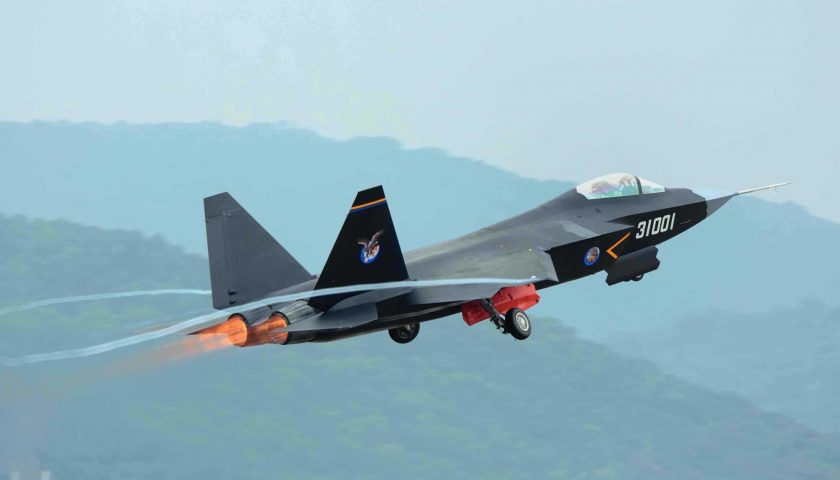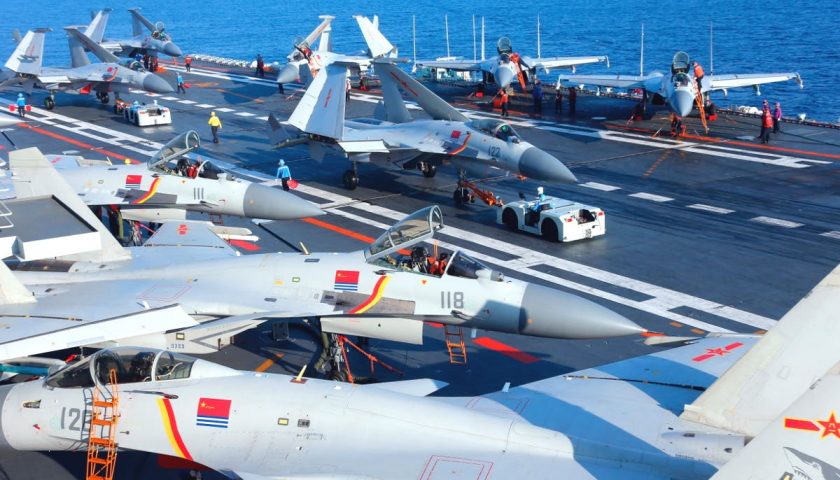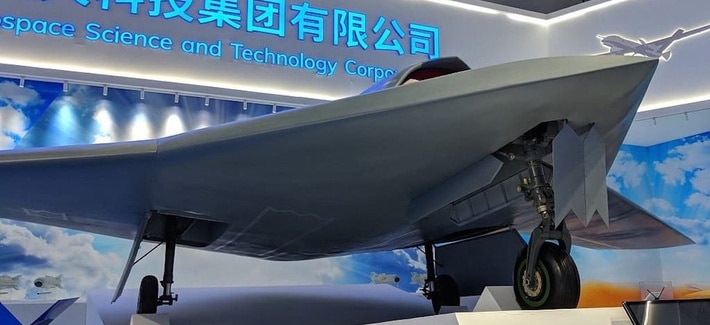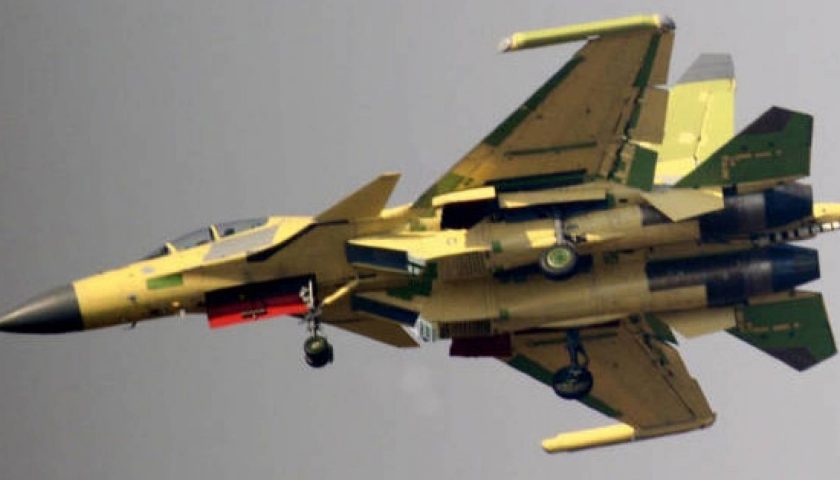Alors que le FC31 Gyrfalcon was presented as the aircraft selected by the Chinese Navy to equip its future aircraft carriers equipped with catapults, several information now point towards the design of an on-board version of the J-20 fighter, already in service in the Chinese air forces, to equip its buildings. The FC-31, lighter, would not however be definitively ruled out since it would be a question of retaining a version in the form of a medium onboard fighter, complementary to the heavy J-20 fighters, like the J-15 on the springboard aircraft carrier currently in service with the Chinese Navy.

This information is not, in itself, a surprise, because barely the Chinese navy's preference for the Gyrfalcon was announced than many voices, more or less officially, expressed reservations about it. Unlike the J-20, the FC-31 is not in service with the PLA, and it appears that the development of the aircraft is encountering many difficulties. Developed independently by CAC, one of the two Chinese state aircraft manufacturers, the FC-31 does not rely on any order from the PLA, and was initially intended for the export market. Lighter than the J-20, it was to compete with the F35A and C, of which it took the general appearance, plus the twin-engine configuration. But the manufacturer was forced to fundamentally change its prototype following the first flight tests in 2012, with performance apparently falling far short of expectations. The new FC-31 has been observed several times since 2017, without being officially presented at a major air show, which leaves many doubts about the maturity of its concept.

This is probably one of the parameters that led the Navy to change its mind, choosing the J-20 from Chengdu to equip its CATOBAR aircraft carriers. Indeed, the construction of the first example of this new class of building is now progressing rapidly, and its entry into service is estimated between 2022 and 2023. CAC's difficulties in proposing a finalized model of its aircraft more than 8 years after its first flight will have naturally led the authorities of the Chinese Navy to prioritize security, especially since one of the main arguments put forward to justify the construction of aircraft carriers equipped with catapults is based on the implementation of 5th generation aircraft (4th generation according to the Chinese classification). The Navy will, however, have to have two heavy multi-purpose fighters, the J-15 and J-20, coexist on its aircraft carriers, and therefore, probably, reduce the total number of aircraft deployed by its new ships. On the other hand, the J-20, by its length and its significant cargo capacity, will provide the Chinese Navy with a significant advantage over American, Japanese or South Korean aircraft carriers, equipped with of 5th generation fighters of F35B and F35C, lighter, and more limited in these areas.

However, we should not expect to see the J-20 on the decks of new Chinese aircraft carriers before 2030. According to experts interviewed by the China Mail Daily site, it will in fact take around ten years to transform the J -20 as an onboard device, with dimensions and resistance adapted to the difficult conditions of use on aircraft carriers. The navalization of a device that was not initially designed with this in mind is an exercise that has rarely been crowned with success. But the Russians with the Mig29 and the Su-33, then China with the J-15 derived from the latter, showed that this approach was possible, and could produce resistant devices with coherent operational potential. We understand, in this respect, by the announced 10-year deadline, that this process involves a profound overhaul, and not a simple structural reinforcement of the device.

It should be noted that if the J-20 will only enter service in 2030, it is likely that the 2020-2030 period will mainly be used by the Chinese Navy to perfect its mastery of naval air combat, even if 3, and more likely 4, new CATOBAR aircraft carriers will enter service over the same period, at least 2 of which will be nuclear powered. We can also expect the entry into service of stealth combat drones during this decade, in order to reinforce the effectiveness of the embarked J-15s, which are certainly very versatile and powerfully armed, but also very discreet. Above all, it will be necessary to follow the entry into service of the J-15D, a barely electronic version of the J-15 which, like the American Growler, is designed to accompany J-15 combat aircraft and jam enemy radars on a wide frequency band, so as to protect them from enemy detection and anti-aircraft defense systems.

Despite international tensions and the general strengthening of naval forces in the Pacific region, a strengthening of which it is partly at the origin, the Chinese Navy, through this announcement, shows that it intends to manage its increase in power with method and precision, as she has done for 15 years. Without excitement or haste, it gives manufacturers the time necessary to design future systems, without neglecting its current power, since it continues to receive around ten J-15s and trains around twenty new fighter pilots each year. Thus, the new Type 001A aircraft carrier which will enter service by the end of the year, will simultaneously receive its complete, trained and equipped crew and air group, less than a year after the start of its tests at Wed. Rare are the Marines who can, today, boast such mastery and such professionalism...
